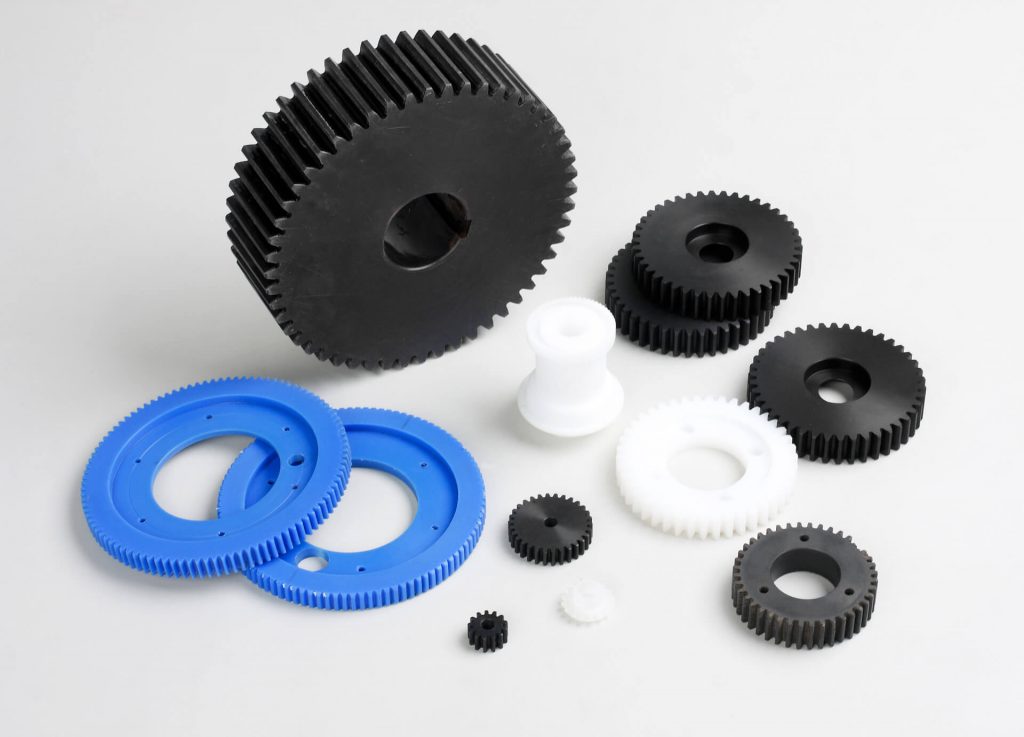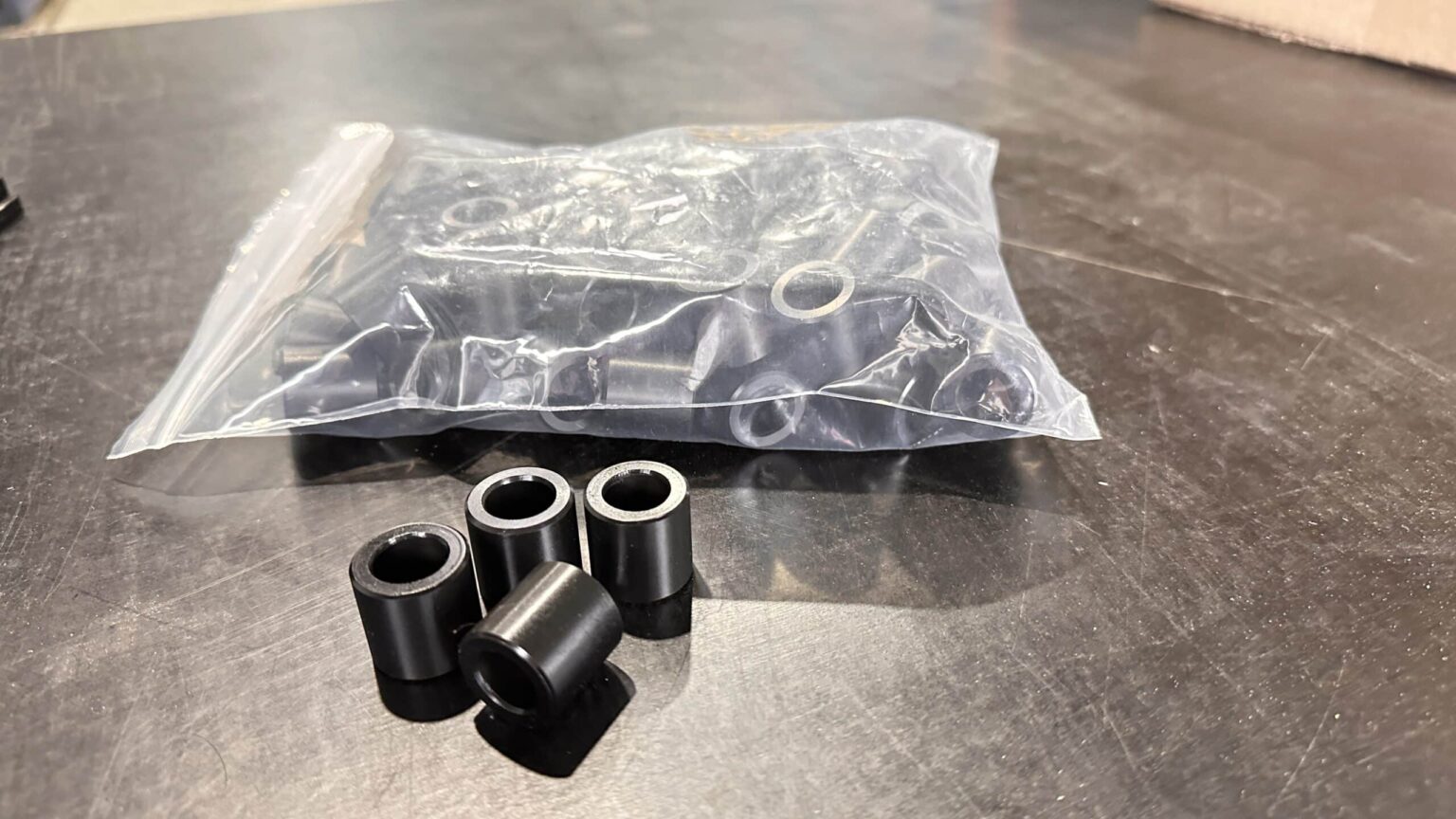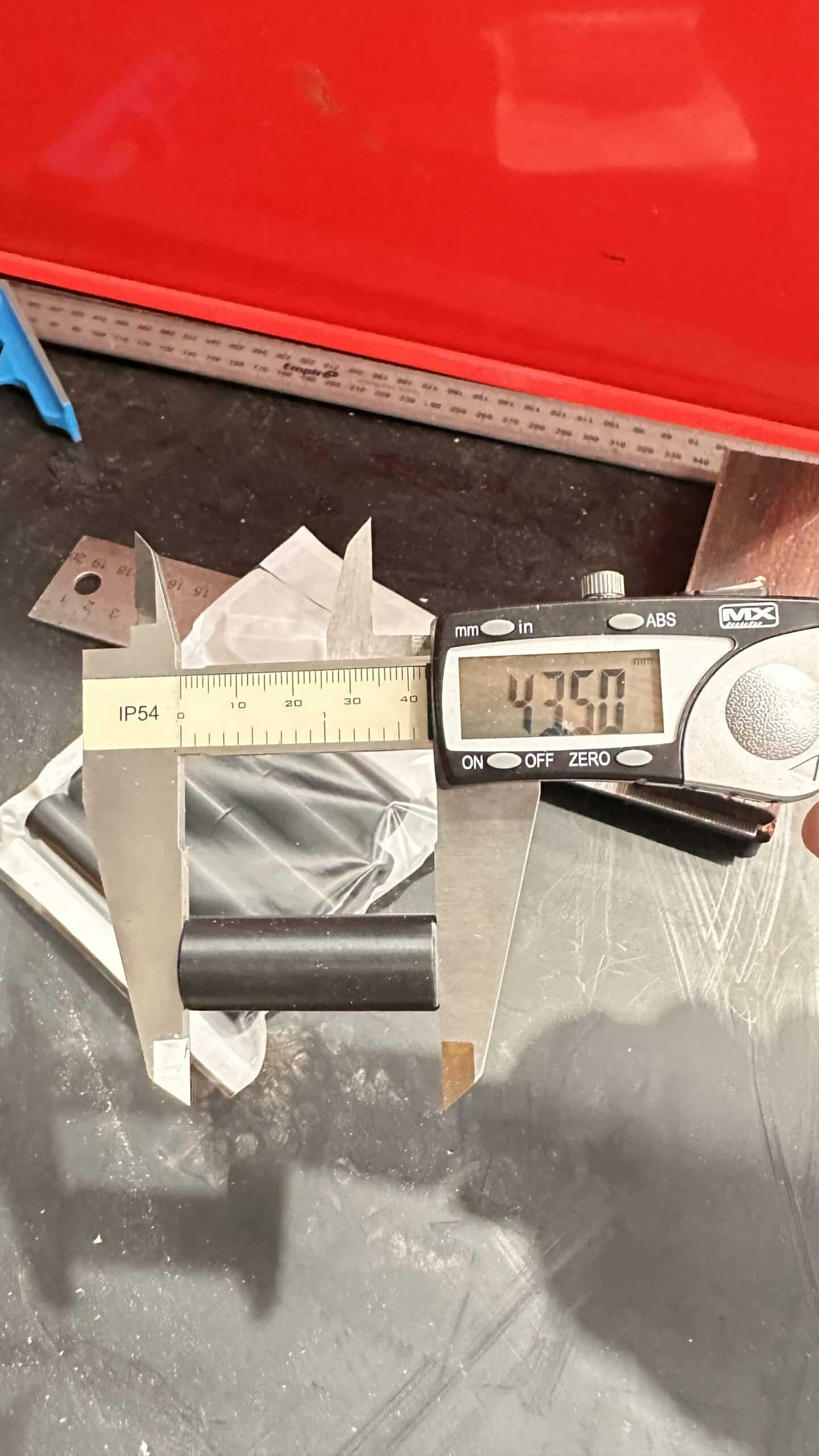TDS: Polyvinylidene Fluoride (PVDF)
Make informed choices using our technical data insights.
TECHNICAL DATA SHEET: KEY CHARACTERISTICS AND APPLICATIONS
Polyvinylidene Fluoride (PVDF)
General Information:
- Product Name: Polyvinylidene Fluoride (PVDF)
- Classification: Semi-crystalline thermoplastic
- Chemical Structure: Linear polymer composed of alternating vinylidene and fluoride units
Typical Properties:
- Density: 1.75 – 1.78 g/cm³
- Tensile Strength: 35 – 50 MPa
- Elongation at Break: 20 – 300%
- Tensile Modulus: 1.5 – 2.5 GPa
- Hardness: Shore D 75-85
- Melting Temperature: 165 – 175°C (329 – 347°F)
- Continuous Use Temperature: -40°C to 150°C (-40°F to 302°F)
- Flammability: V-0 (UL 94)
- Dielectric Constant (1kHz): 8 – 9


Features and Benefits:
- Chemical Resistance: Exceptional resistance to a broad spectrum of chemicals and solvents.
- UV Resistance: Excellent resistance to UV and other radiation.
- High Purity: Low ion and metal content makes it suitable for critical applications.
- Weather Resistance: Maintains properties and appearance under prolonged environmental exposure.
- Electrical Properties: Good insulator with a stable dielectric constant.
Applications:
- Chemical Processing: Piping, tanks, and valves due to its chemical resistance.
- Electronics: Wire insulation, printed circuit boards, and membranes.
- Medical: Catheters and other medical devices.
- Oil & Gas: Linings and coatings for steel pipes, and tubing.
- Building & Construction: Architectural coatings and membranes for roofing.
- Automotive & Transportation: Fuel system components and exterior parts.
Processing Methods:
- Injection Moulding: Used for the production of detailed components.
- Extrusion: Suitable for pipes, films, and sheets.
- Blow Moulding: For containers and hollow components.
- Welding: PVDF can be effectively welded using various techniques.
Environmental Impact and Recycling:
- PVDF can be recycled, but specialised processes are required due to its chemical stability.
- Post-industrial waste can be reprocessed, but high levels of post-consumer recycling are less common.
Storage and Handling:
- Store PVDF in a cool, dry environment. It is stable under typical storage conditions.
- Ensure adequate ventilation when processing to prevent inhalation of fumes.
Safety Information:
- PVDF is inert and safe to handle in its polymer form.
- During processing, fumes can be generated and should not be inhaled. Ensure proper ventilation and use appropriate personal protective equipment.
Note: This technical data sheet provides a general overview and typical properties of PVDF. Real specifications might differ depending on the manufacturer and specific product grade. For accurate details on a particular product, always refer to the manufacturer’s data sheets.
Disclaimer: The presented information is provided “as is” without warranties. Users should conduct their evaluations and tests for specific applications.

















